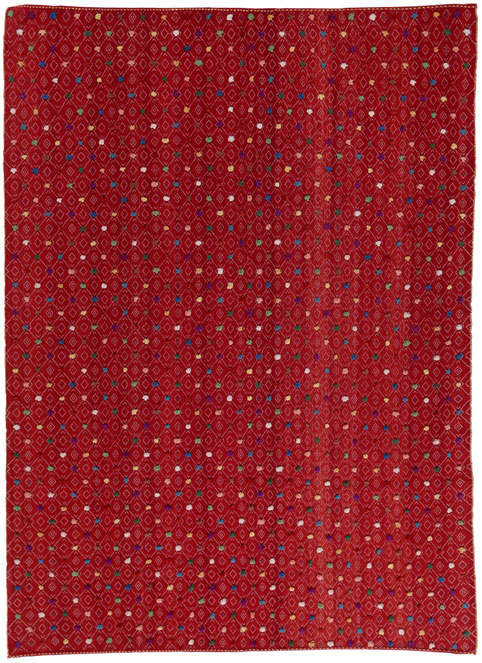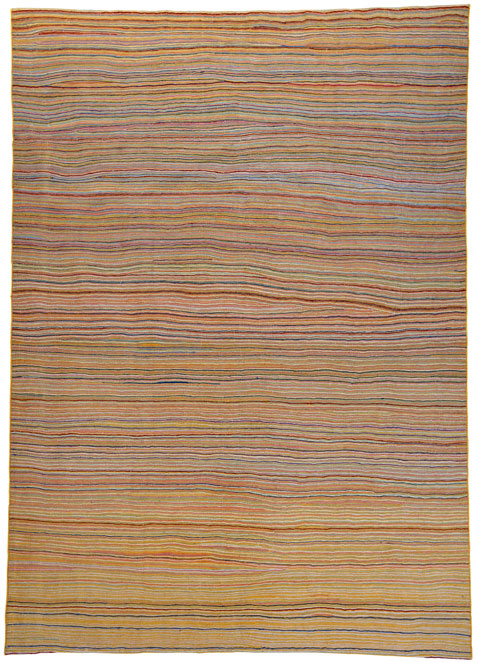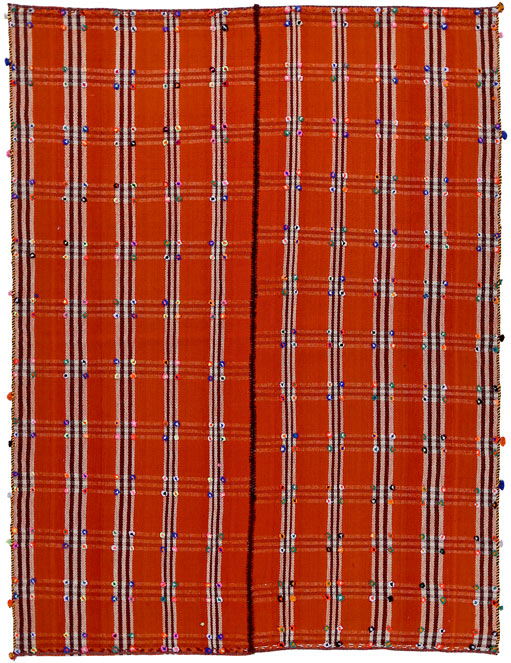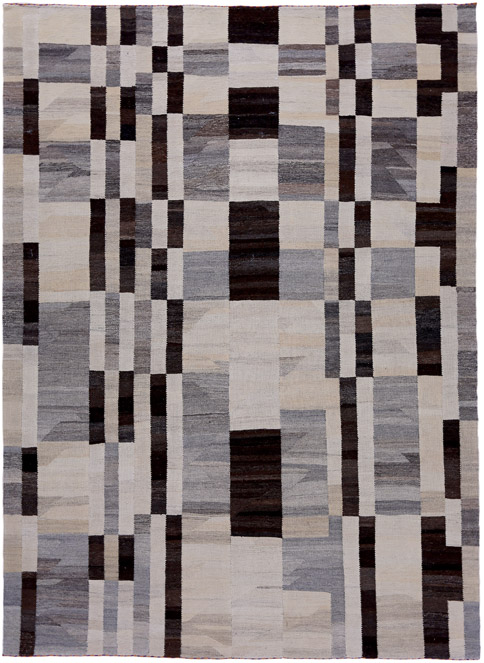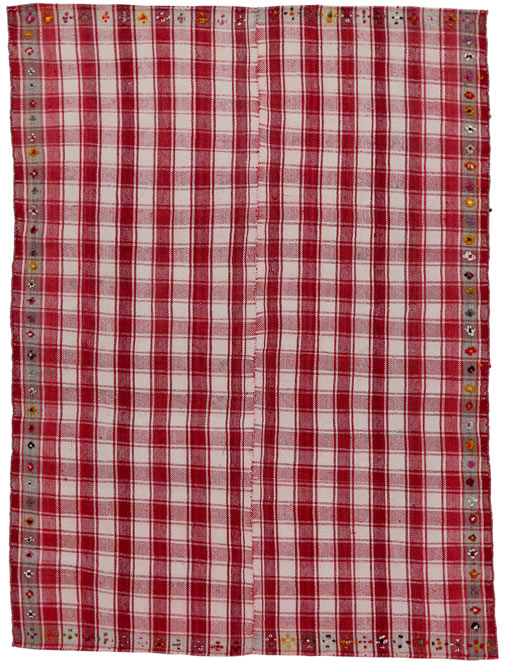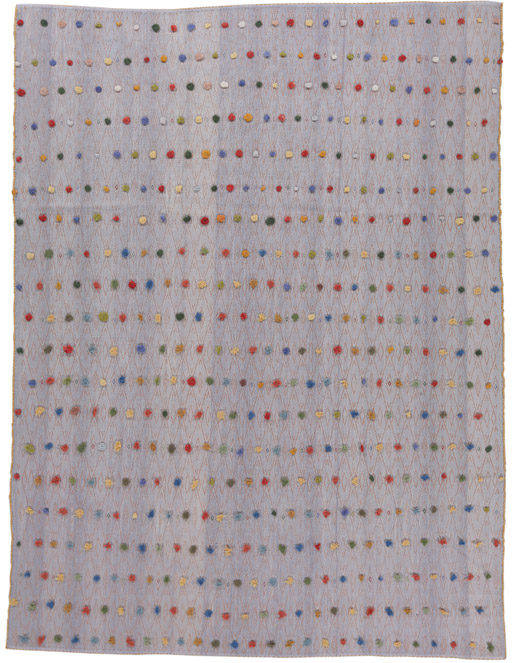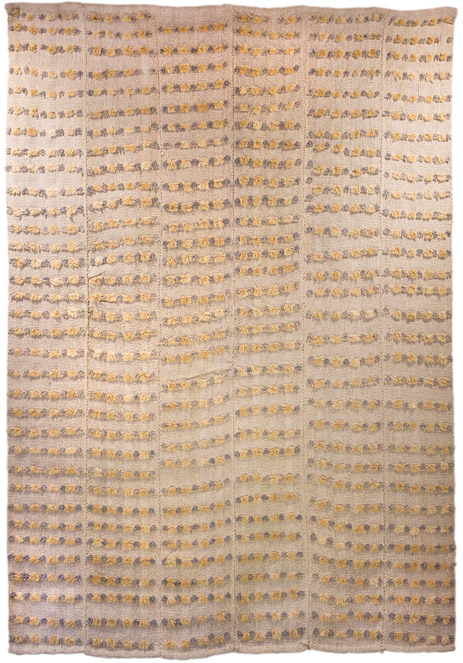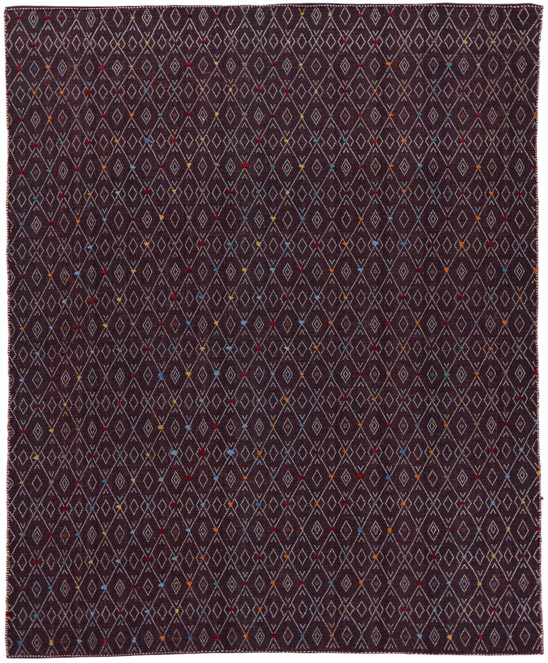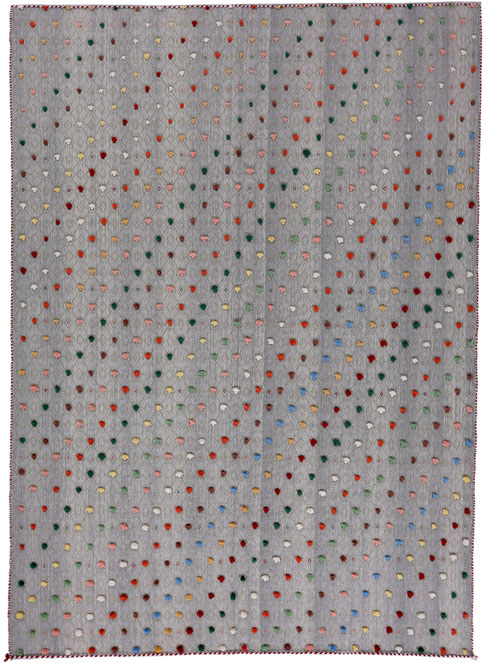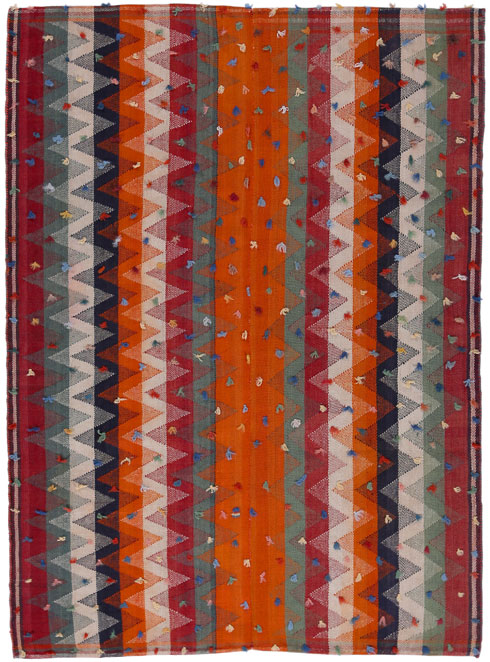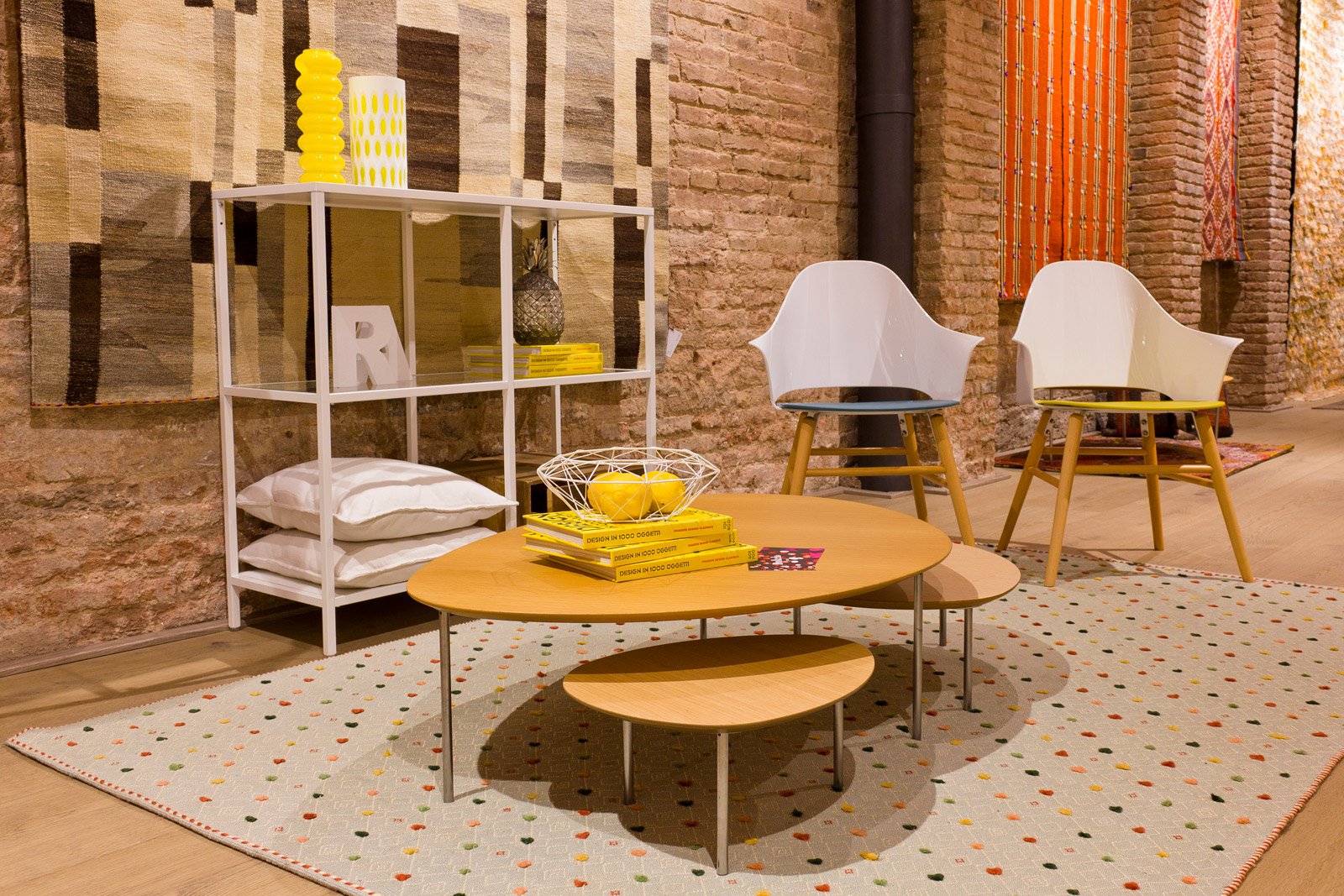The kilims that form the Bokeh collection have different origins. Among the pieces we can find Jajim flatweaves, made by the nomadic Qashqai tribes from the south of Iran. The Jajim come from the domestic sphere of these societies, like the need to cover the floor and the structure of their tents.
In Bokeh we can also spot the Gatschme textiles, a kind of cloth with an extraordinary complex interior weft that was used to compose small bags to carry food or spices, like salt, or to decorate horses. Nowadays this tricky technique is being recovered by Zollanvari International, to prevent it from being forgotten.
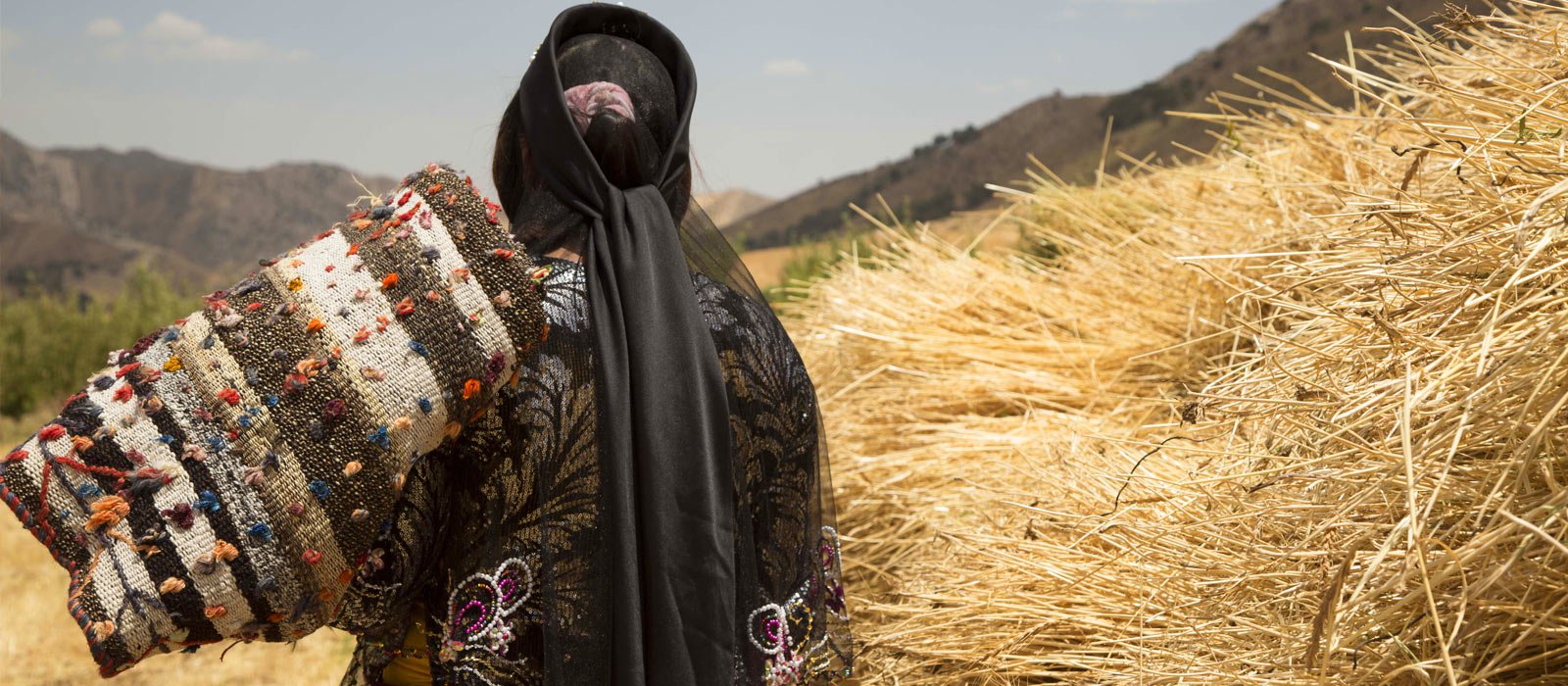
The collection also contains Zagros kilims. These flatweaves come from the southern regions of Iran, specifically from the mountain range of Zagros. These carpets typically have minimalistic designs and neutral colours.
Finally, Bokeh includes a set of turkish pieces, like the Verneh and the Tülü, that also have their origins in the bags used to carry food and spices long ago. The materials used to hand knot these kilims are also special: they do not exclusively contain wool, but also hemp, which confers softness and lightness.
Subscribe to our newsletter




